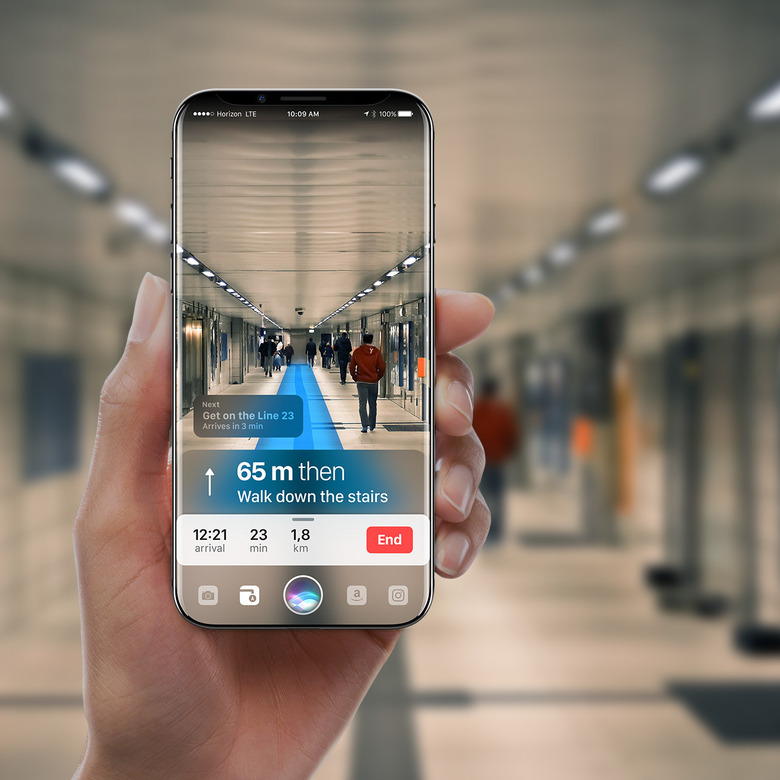Why Ditching Imagination Is Critical For The iPhone's Future
British company Imagination Tech announced earlier this week that Apple will stop using its graphics processing unit at some point in the following two years. Imagination stock tanked almost immediately, with the news wiping more than £500 million from the company's market capitalization. Apple stayed quiet, but the confirmation that it's developing its own GPU for the iPhone is probably the best iPhone news we got all year. Apple may be getting ready to revolutionize mobile GPUs just as it did with mobile CPUs a few years ago. The move is crucial for the future of the iPhone and maybe even the Mac.
Apple can both drop manufacturing costs for the iPhone and accelerate innovation by designing its own graphics chips for the iPhone.
Analysts who talked to Reuters explain that Apple is looking to reduce its reliance on third-party suppliers of critical iPhone components. The GPU is one such component, especially considering that Apple is preparing to launch its first devices that will support augmented (AR) and virtual reality (AR).
One of the first hints that indicated Apple is getting more serious about the iPhone's graphics performance was the announcement of Metal.
"By promoting Metal instead of relying on other existing standards, Apple is not only able to control what graphics chip functionality is exposed at its own pace but also blur the line for developers between coding for desktop and mobile GPUs," VR startup Ether's founder Pius Uzamere said.
More recently, Apple CFO Luca Maestri also talked about the importance of controlling the essential technologies that can give the iPhone an edge over the competition.
"Today we do much more in-house development of fundamental technologies than we used to," he said at in February at a conference. "Think of the work we do on processors or sensors. We can push the envelope on innovation. We have better control over timing, over cost and over quality."
Maestri did not disclose any specifics related to Apple's move to replace Imagination chips with its own designs. But, in case it wasn't clear enough already, timing, cost control, and product quality are key elements for Apple. The recent suit filed against Qualcomm is one other indication that Apple wants to keep costs down when it comes to critical iPhone components.
The incoming iPhone 8 is expected to be even more expensive than any of its predecessors, as Apple is getting ready to introduce new technologies never seen before in iPhones. Some of the cost will be passed down to buyers, but Apple's iPhone margin might also take a hit.
Producing its own graphics chips may be one way to keep cost down while significantly enhancing performance. After all, we're just getting started with AR and VR, and Apple probably wants the iPhone to be part of this next-gen tech revolution.
And who knows, a direct side-effect of Apple designing its own GPU might be felt over on the Mac in the coming year, a platform that's closely connected to all of Apple's iPhone dreams.
